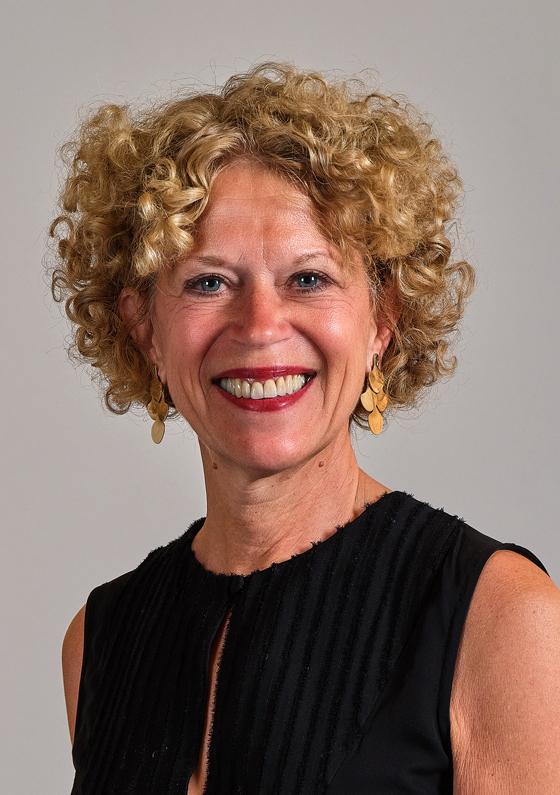Francis Picabia *

(Paris 1879–1953)
L’Espagnole, signed and dated Francis Picabia 1921, watercolour, ink, pencil on paper, 73 x 54 cm, framed, (PS)
Photo certificate:
Comité Picabia, Pierre Calte, Paris 26.3.2007
This work will be included in the catalogue raisonné by the Comité Picabia currently in preparation.
Exhibited: Düsseldorf, Kunstakademie, Mit Kopf und Hand - Variationen zur Zeichnung, 11.9.2010 – 16.1.2011
Krems, Kunsthalle, Francis Picabia, Retrospektive, 15.7.-4.11.2012
Literature:
exh. cat. Kunstakademie Düsseldorf, Mit Kopf und Hand, Variationen zur Zeichnung, Düsseldorf 2010, p.69 (full-page colour ill.)
exh. cat. Kunsthalle Krems, ed. Hans-Peter Wipplinger, Francis Picabia, Vienna 2012, p. 81 (full-page colour ill.)
In the first third of the 20th century, Paris was the artistic centre of Europe. An artistic avant-garde only formed in Spain after the First World War. Works by foreign artists, who either visited Spain or who were associated with the country, gave some indication of its cultural identity during the first few decades of the century. They brought new visual languages with them, which were ground-breaking for the emerging generation of Spanish avant-garde artists. Francis Picabia seized upon the motif of L’Espagnole (the Spanish woman) from 1902, coming back to it repeatedly until the late 1940s. Employing a unique figurative style, the artist brings the women from Andalusia to life in their traditional costumes. Picabia identified strongly with typical Spanish traits, frequently paints motifs, such as severely combed hair with single, artificial locks, represented, as here, with simple black dashes. In his repeated, varying depictions of Les Espagnoles, he creates an archetype, seen over and again in his watercolours and drawings from all stylistic periods of his work. This motif can also be found in the film, Entr’acte, which Picabia designed in 1924. It is fair to say that images of Spanish men and women in traditional costumes play a decisive role in Picabia’s oeuvre. (Mit Kopf und Hand Variationen zur Zeichnung, Düsseldorf 2012, p. 62)
Specialist: Dr. Petra Maria Schäpers
 Dr. Petra Maria Schäpers
Dr. Petra Maria Schäpers
+49 211 2107747
petra.schaepers@dorotheum.de
22.05.2014 - 19:00
- Estimate:
-
EUR 80,000.- to EUR 90,000.-
Francis Picabia *
(Paris 1879–1953)
L’Espagnole, signed and dated Francis Picabia 1921, watercolour, ink, pencil on paper, 73 x 54 cm, framed, (PS)
Photo certificate:
Comité Picabia, Pierre Calte, Paris 26.3.2007
This work will be included in the catalogue raisonné by the Comité Picabia currently in preparation.
Exhibited: Düsseldorf, Kunstakademie, Mit Kopf und Hand - Variationen zur Zeichnung, 11.9.2010 – 16.1.2011
Krems, Kunsthalle, Francis Picabia, Retrospektive, 15.7.-4.11.2012
Literature:
exh. cat. Kunstakademie Düsseldorf, Mit Kopf und Hand, Variationen zur Zeichnung, Düsseldorf 2010, p.69 (full-page colour ill.)
exh. cat. Kunsthalle Krems, ed. Hans-Peter Wipplinger, Francis Picabia, Vienna 2012, p. 81 (full-page colour ill.)
In the first third of the 20th century, Paris was the artistic centre of Europe. An artistic avant-garde only formed in Spain after the First World War. Works by foreign artists, who either visited Spain or who were associated with the country, gave some indication of its cultural identity during the first few decades of the century. They brought new visual languages with them, which were ground-breaking for the emerging generation of Spanish avant-garde artists. Francis Picabia seized upon the motif of L’Espagnole (the Spanish woman) from 1902, coming back to it repeatedly until the late 1940s. Employing a unique figurative style, the artist brings the women from Andalusia to life in their traditional costumes. Picabia identified strongly with typical Spanish traits, frequently paints motifs, such as severely combed hair with single, artificial locks, represented, as here, with simple black dashes. In his repeated, varying depictions of Les Espagnoles, he creates an archetype, seen over and again in his watercolours and drawings from all stylistic periods of his work. This motif can also be found in the film, Entr’acte, which Picabia designed in 1924. It is fair to say that images of Spanish men and women in traditional costumes play a decisive role in Picabia’s oeuvre. (Mit Kopf und Hand Variationen zur Zeichnung, Düsseldorf 2012, p. 62)
Specialist: Dr. Petra Maria Schäpers
 Dr. Petra Maria Schäpers
Dr. Petra Maria Schäpers
+49 211 2107747
petra.schaepers@dorotheum.de
|
Buyers hotline
Mon.-Fri.: 10.00am - 5.00pm
kundendienst@dorotheum.at +43 1 515 60 200 |
| Auction: | Modern Art |
| Auction type: | Saleroom auction |
| Date: | 22.05.2014 - 19:00 |
| Location: | Vienna | Palais Dorotheum |
| Exhibition: | 10.05. - 22.05.2014 |
